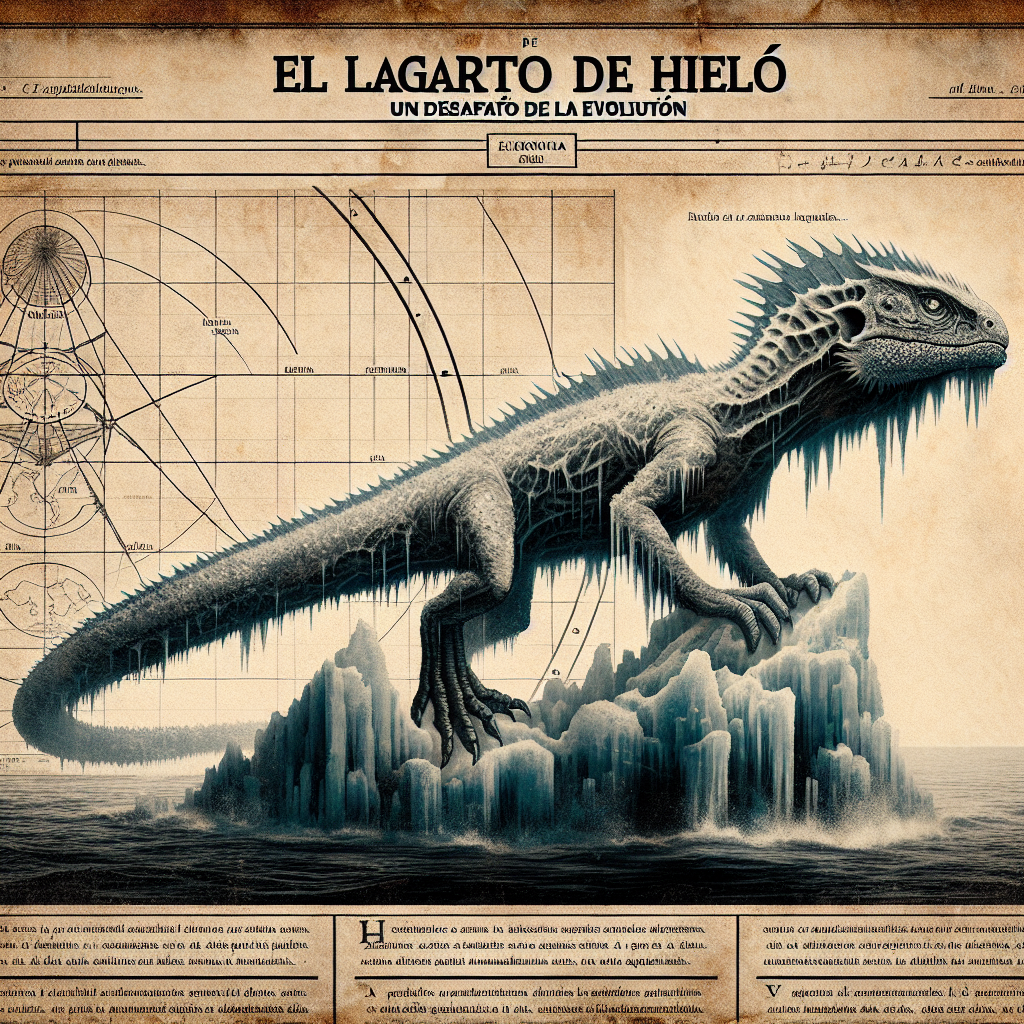Imagine a skink dressed in thermals, battling icy blasts in the raw grandeur of Tasmania's high-altitude zones. This unlikely hero is the Nubeoscincus glacialis, a species of skink that has fully embraced the cold. It resides exclusively in Tasmania, an island south of mainland Australia, thriving in environments many animals would deem uninhabitable. Its name, translating to 'glacial cloud skink,' gives a hint about its peculiar choice of home.
Nubeoscincus glacialis displays remarkable resilience and adaptability, traits that are ever more impressive considering the challenges posed by climate change. These skinks are literally on top of the world in their snow-bound habitats, dependent on cold for survival. The warming climate presents a formidable threat, forcing us to consider both conservation efforts and the ecological ripple effects of their potential decline.
This skink species primarily roams the rocky terrains and alpine herb-fields of Tasmania. It is not very keen on the limelight, often staying hidden under rocks or amongst dense vegetation. This helps keep them safe from predators, but it also makes them elusive to researchers. However, what has been discovered about their lifestyle is nothing short of fascinating. Nubeoscincus glacialis relies on specific temperature conditions to thrive. Its cold-blooded physiology means its entire bodily function depends on the chilly weather, a stark contradiction to the usual skink preference for warmth.
The concept of a cold-loving lizard may sound odd, but it showcases the beauty of evolution. Over time, Nubeoscincus glacialis has adapted to its unique environment, developing survival tactics that include hibernation periods and a specialized diet. These little reptiles possess the uncanny ability to adjust their bodily functions according to external temperatures, a feature crucial for their energy conservation in frigid climates.
However, the warming of Tasmania poses severe risks. As the temperature gradually rises, the NES or the National Ecological Assessment sections estimate significant habitat shrinkage for these skinks. If the trends continue, not only will their habitat be affected, but their entire existence might hang in the balance. Conservationists are worried that any dramatic shift could lead to disruptions in the sophisticated ecological balance within these high-altitude ecosystems.
But why should we care about a skink that many of us have never seen? Understanding biodiversity's importance is crucial in this context. These skinks are an integral part of the alpine ecosystem, and their extinction could have cascading effects within their habitat. From potential overgrowth of certain plants to an imbalance in food hunting patterns, the disappearance of such a species would deeply impact more than just the immediate landscape.
Moreover, their disappearance could serve as an early indicator of broader environmental shifts in Tasmania. The changes in their population and behaviors could reflect broader ecological responses to climate changes that ultimately impact our global climate understanding and policies.
While climate change is accelerating, there is hope. Awareness and advocacy, primarily pushed by younger generations such as Gen Z, are playing a vital role in driving policy changes. Conservation efforts are underway, targeting habitat preservation and studying these skinks more closely to understand potential adaptive measures. Organizations are leaning into technology and science to monitor and safeguard these delicate environments, ensuring that species like Nubeoscincus glacialis do not remain just a curious anecdote in a biology textbook.
However, understanding the opposing viewpoint is crucial. Some argue that focusing on preserving a single species might be futile when the planet faces more extensive climate calamities. They suggest allocating resources towards broader environmental policies that encompass ecosystems as a whole. They believe that by ensuring the general health of an area, all species, including the Nubeoscincus glacialis, would naturally benefit.
But the charm of focusing on Nubeoscincus glacialis isn’t just in its oddly specific habitat needs; it’s also in the metaphoric reminder of resilience against adversity. It prompts us to pause and reflect on our interactions with the environment at large. In the heart of their cold steppes, these skinks essay a life of survival strategies that could inspire broader environmental lessons about adaptation and flexibility.
Thus, caring for these small, resilient creatures is about more than just their survival. It is about nurturing a delicate ecosystem, learning sustainable living practices, and fostering a future where both humans and animals can thrive. The saga of the Nubeoscincus glacialis isn't over, and it is up to us to ensure it has many more chapters left.

